The Dark Legacy of King Leopold II: A History Lesson Most People Missed
When we think of evil monarchs, certain names usually come to mind, but there are actually other monarchs who have caused the deaths of many people, and Leopold II is one of them. Let's take you below to find out what Leopold II did in history 👇
When we think of "bad people" in history, we usually think of people like Hitler, Stalin or Vlad the Impaler.
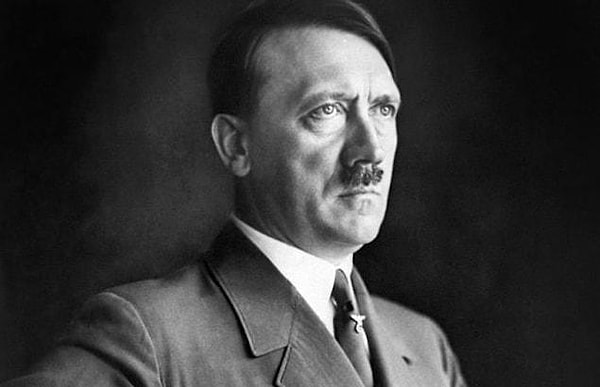
Leopold II is not a name that usually comes to mind, but he is estimated to have been responsible for the deaths of between 1 and 15 million people during his reign. These were mainly Congolese who were subjected to Leopold II's brutal colonialism.
Leopold II was the second king of Belgium, taking the title of his father Leopold I and reigning for 44 years, from 1885 to 1908.
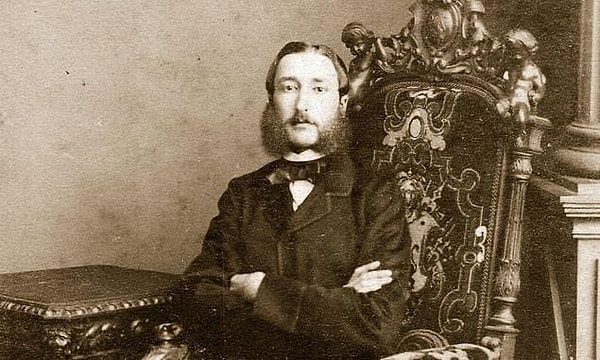
Leopold II was actually quite popular. His reign was marked by a series of major buildings, urban projects and other public works, and he was even popularly known as the 'Builder King'. A number of major social reforms were also legalized during his rule. He saw the passage of labor union and child labor laws.
Leopold II was best known at home for his leadership during the French-Prussian War.
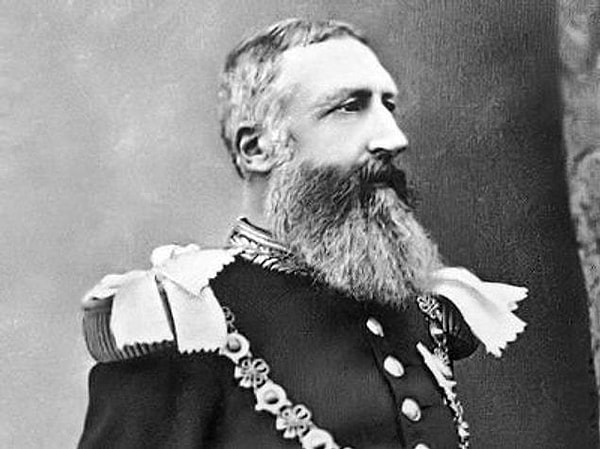
In such a period of danger and uncertainty, Leopold II was able to reform and improve Belgium's army and defenses, while maintaining Belgian neutrality. In 1887, for example, he was able to convince parliament to finance the defenses of the key cities of Liege and Namur. Domestically, Leopold II was solid, but in foreign affairs, not so much.
Leopold II was a firm believer that the greatness of a country was related to its overseas colonies.
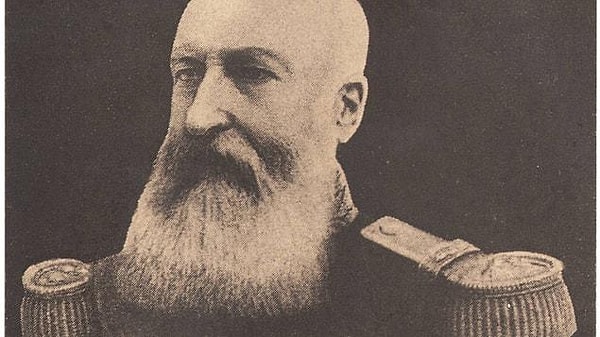
He foresaw that Belgium would one day become a powerful empire and therefore worked hard to acquire territory. However, the rest of the Belgian government saw the colonies as an extravagance that would do them little good as Belgium had no navy. But Leopold II, even without the support of the government, was determined and unaffected. First, around 1876, Leopold II hired explorer Henry Morton Stanley to travel and explore the Congo region. There Stanley traveled along the Congo River basin, establishing trading posts, building roads and negotiating treaties with local chiefs on behalf of Leopold II.
In 1884, at the Berlin Conference, under the pretext of bringing the benefits of civilization and Christianity to the natives of Africa, the other European powers gave Leopold II 1,994,000 square kilometers of land.
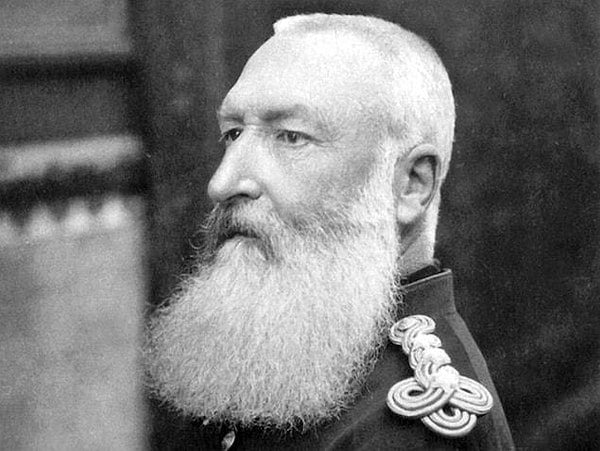
This colony was to become his personal property and he called it the ' Congo Free State'. When he discovered abundant materials in the Congo, such as ivory and especially rubber, his reign went from bad to worse. At the time, the worldwide supply boom for rubber had made the material very lucrative. But rubber trees only grew in the tropics and it could take years before they were ready for harvesting.
Meanwhile, in the rainforests of central Africa, a plant called Landolphia vines, which contains a lot of rubber, was found, and it was abundant on Leopold II's land.
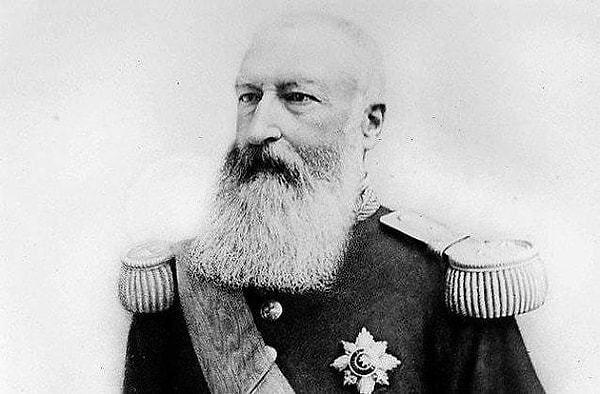
With his private army of 19,000 men, Leopold II began forcing local Congolese Indians into hard labor and work in rubber plantations. Soldiers would take the women of a village hostage and force the men to collect a monthly quota of rubber. If villages failed to meet their rubber quota, they were often beaten and whipped.
Ancak bir ceza hepsinden daha korkunçtu. Askerler Kongoluların uzuvlarını rutin olarak kesiyordu.
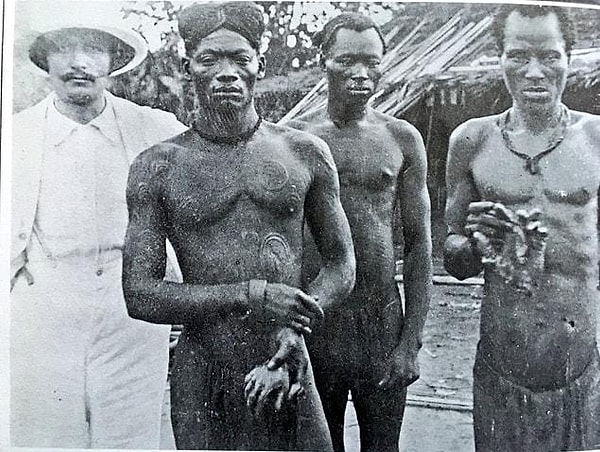
Often they even took the amputated limbs as personal trophies. Female hostages starved to death and men were worked to death. Children were taken from their families and transported to children's colonies to be trained as soldiers. If villages revolted, they were brutally suppressed and razed to the ground.
With most of the women taken hostage and the men working in the rubber factory, there was little left in the village to hunt or build shelters.
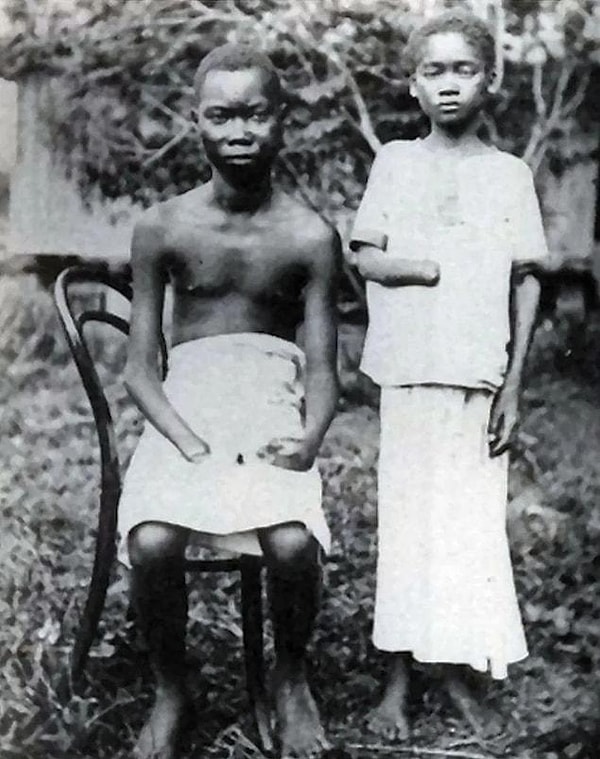
This made the Congolese vulnerable to disease and famine. As a result, due to direct killings, disease and famine, between 1 to 15 million people died from Leopold II's brutal exploitation, about 50 percent of the Congolese population at the time.
Leopold II's methods were so brutal that other European leaders decided they had to do something about it.

First rumors, missionaries and then the whole truth spread when the British journalist Edmund Dene Morel exposed the regime. As a result, the Belgian parliament forced Leopold to hand over the territory to the control of the Belgian government. They took control in 1908 and ruled until 1960, before Congo officially became independent and established itself as the Republic of Congo.
Keşfet ile ziyaret ettiğin tüm kategorileri tek akışta gör!


Send Comment